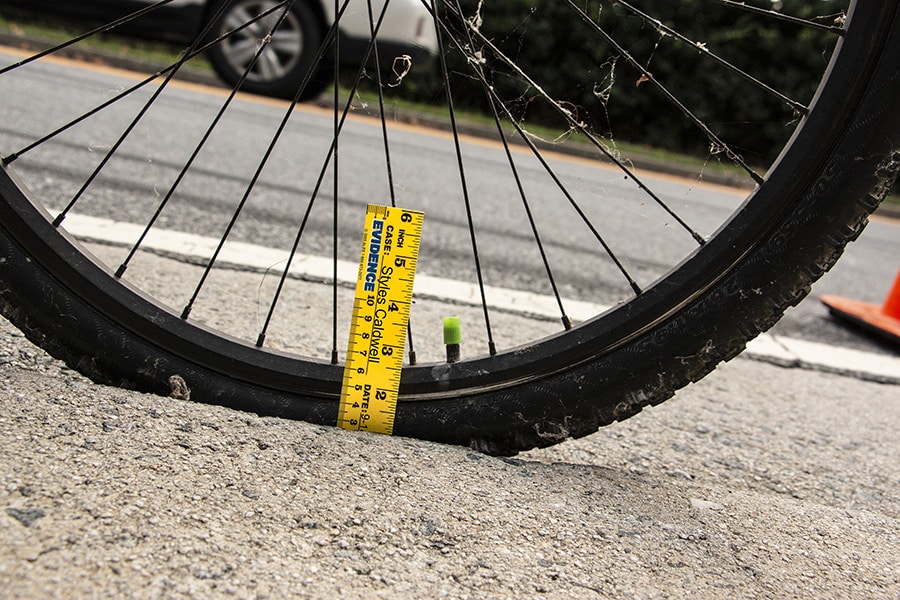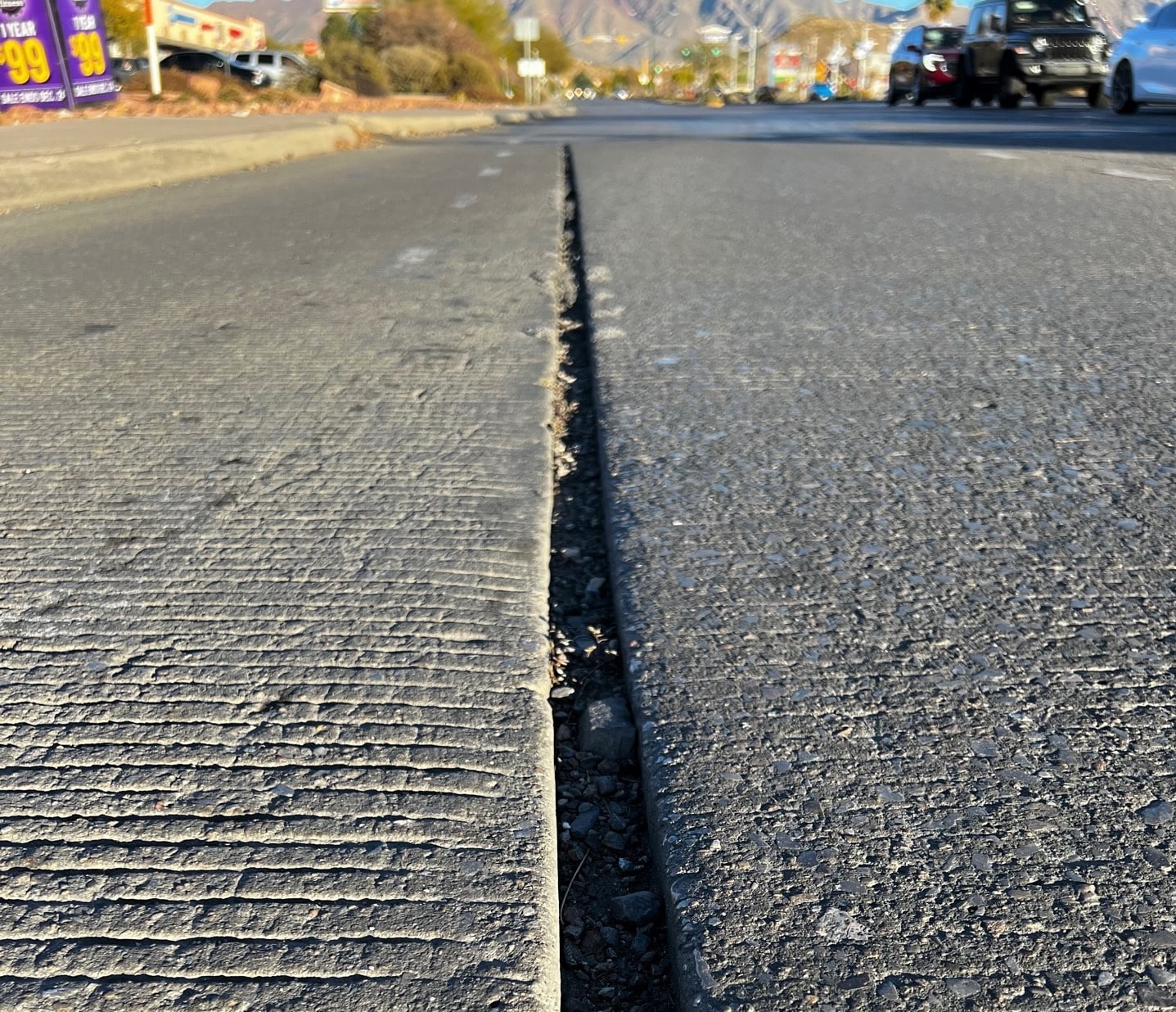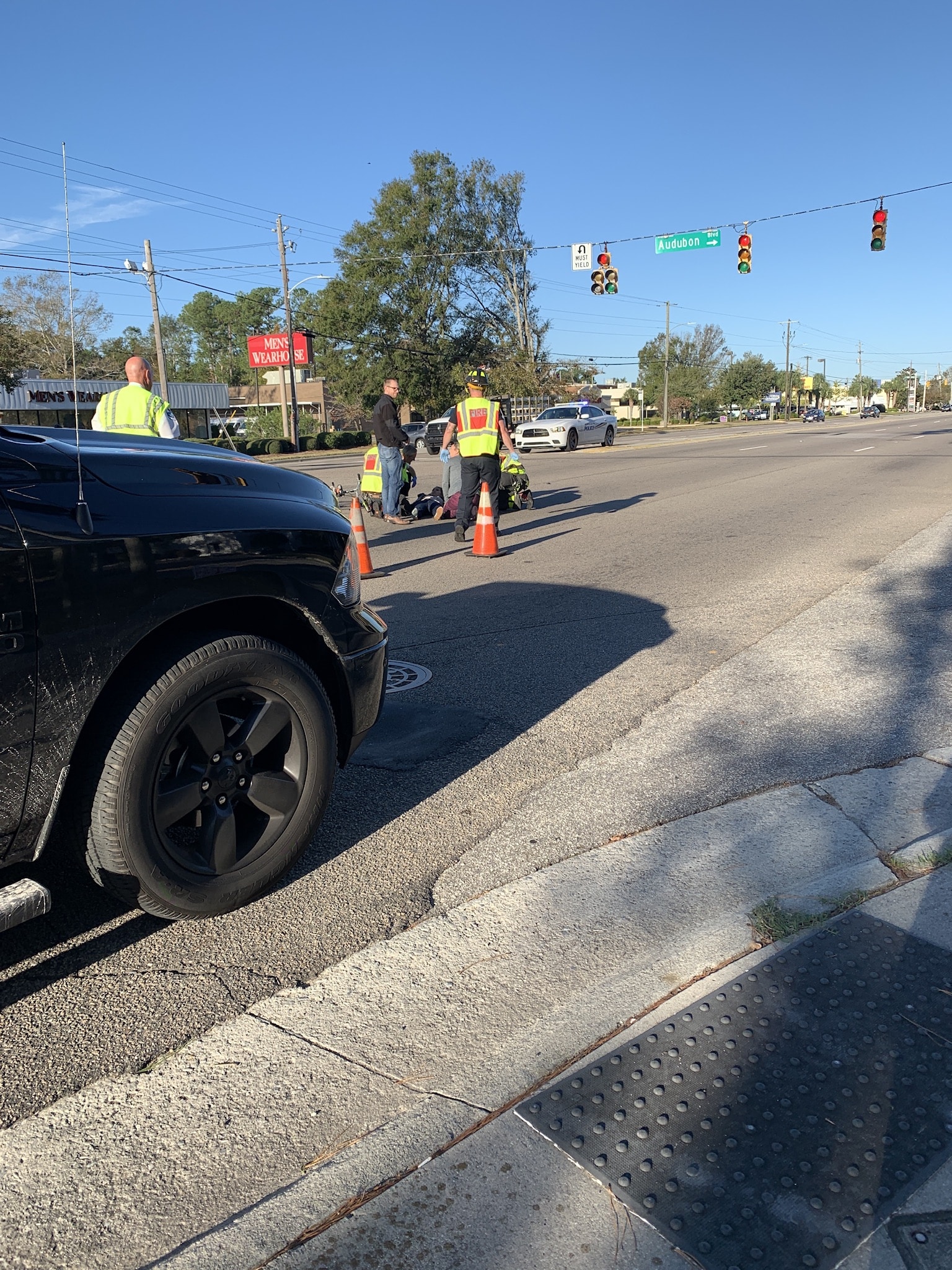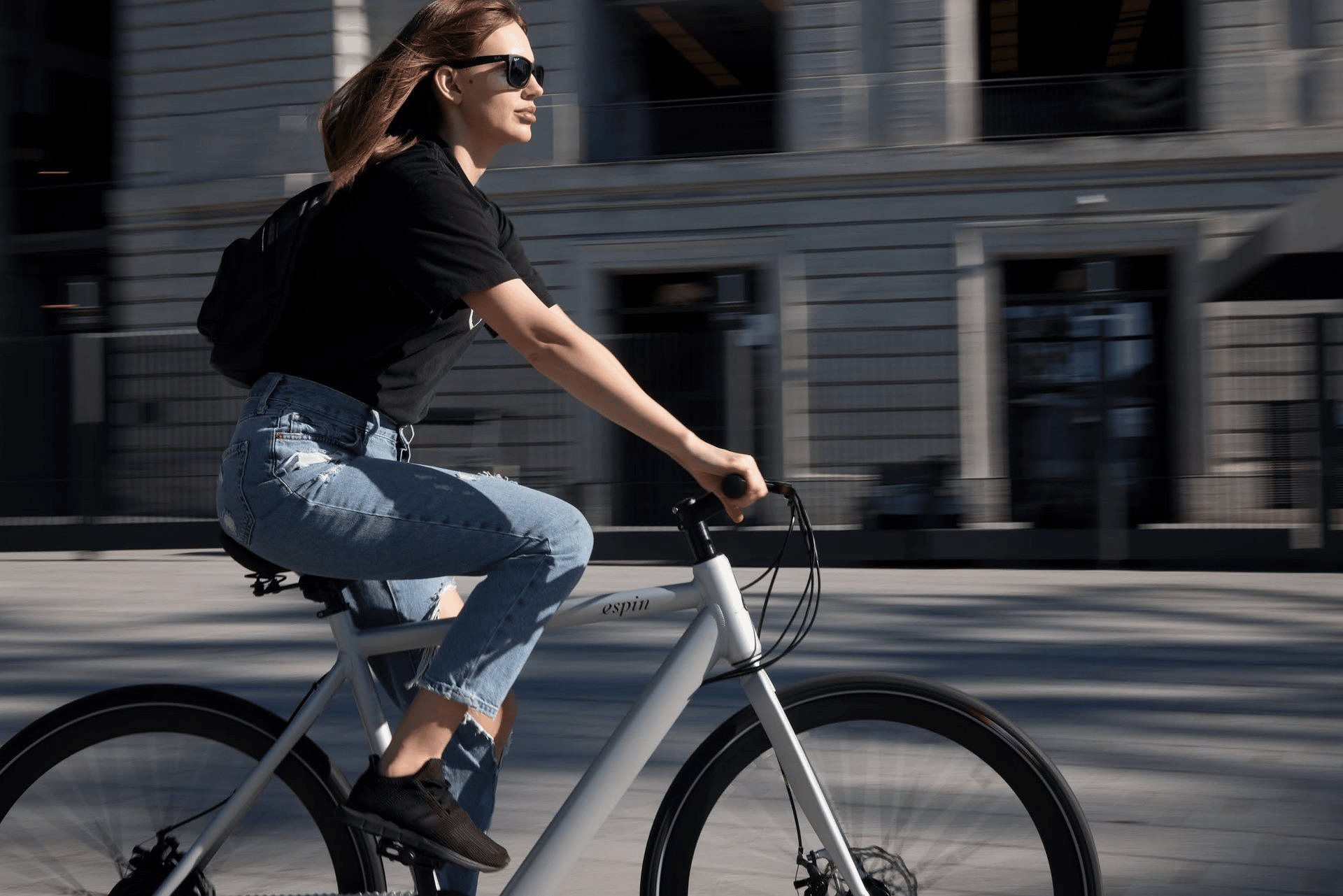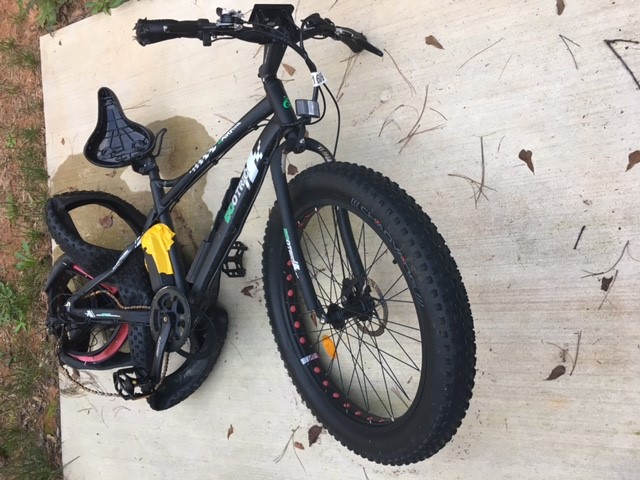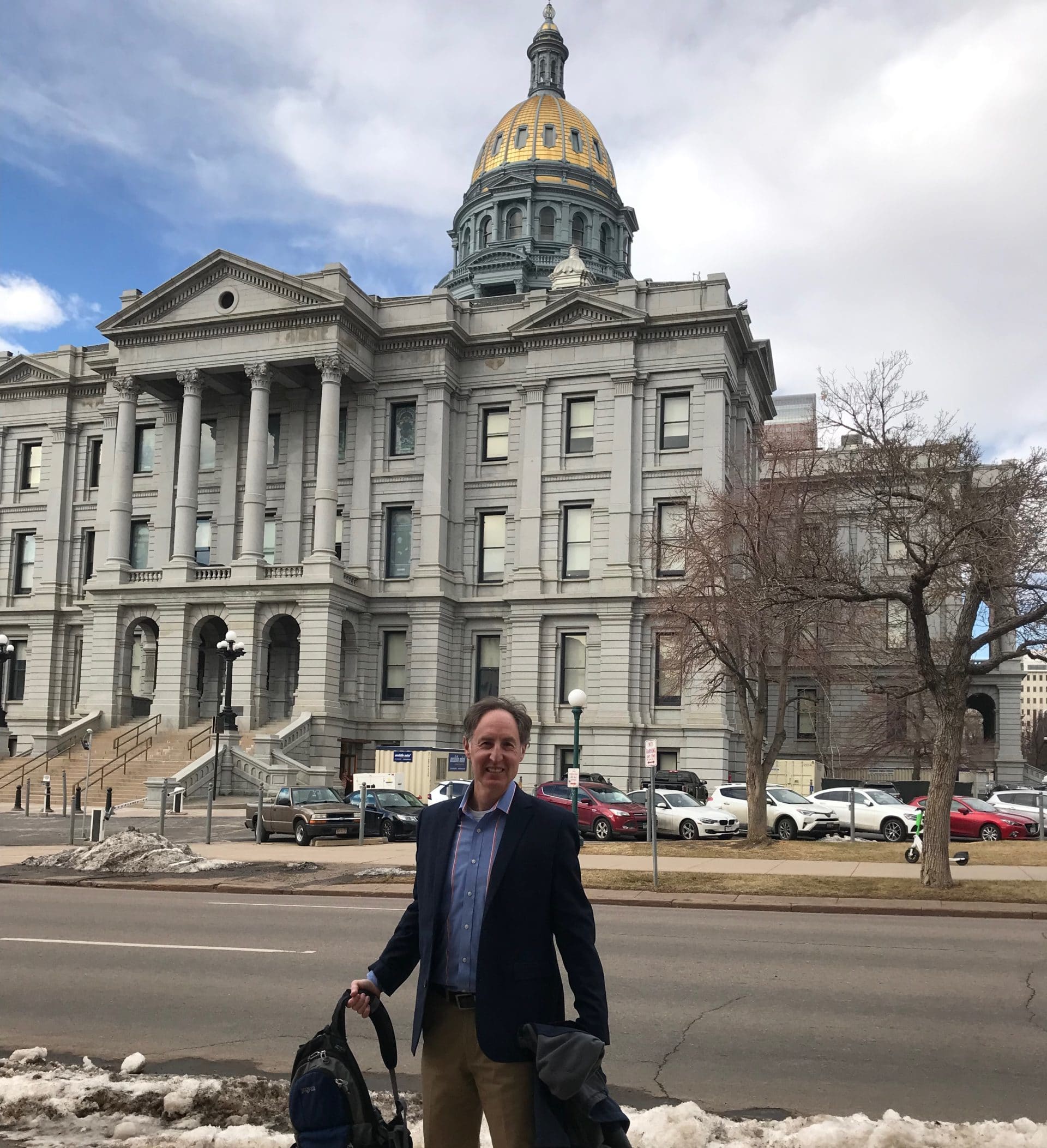Guest post from cycling historian Dr. James Longhurst
Sidepaths haven’t existed for a century – so why do we still refer to “mandatory sidepath laws”?
I want to reclaim a word. As a policy historian who has spent several years writing about the brief and largely-forgotten sidepath movement of the 1890s, I sometimes get an earful from present-day cyclists who are upset about so-called “mandatory sidepath laws.” But their anger is generally the result of confusing two physically different objects from two widely-separated eras. The sidepath movement I’ve been researching was ending by around 1905, and the “mandatory sidepath laws” that so irritate cyclists today didn’t start appearing until after 1944, and really only triggered protest by the late 1960s and 1970s.
The object described by the word “sidepath” in the late 1890s didn’t even exist when the acts nicknamed “mandatory sidepath laws” became the object of derision for cyclists in the 1970s. Thus the phrase “mandatory sidepath law” is a terribly confusing misnomer that makes people unreasonably angry at me, and I’d understandably like to defend the word from such misuse.
The problem might stem from our longstanding failure to agree upon universally-accepted names for bicycle-specific infrastructure. For more than a century we’ve used a confusing list of terms: bike lane, bike route, bikeway, bike path, rail-to-trail, cycle track, bike boulevard, green lane, blue lane, protected bike lane, buffered bike lane, operational bicycle lane, bicycle interstate, and bicycle superhighway. Some of these apply to very different structures, and some individual terms mean different things to different audiences. But with all these choices, you rarely see the word sidepath in general usage today, except in the phrase “mandatory sidepath law”. So what do we mean when we when we say sidepath?
One thing we don’t mean is the actual origin of the word, because the government commissions and the paths they built in the 1890s no longer exist. Beginning in upstate New York in the late years of that decade, even as the golden age of bicycling was reaching its peak, reformers began agitating for state laws to create county-level sidepath commissions. Going farther than previous attempts to build bike paths with charitable contributions, these new institutions would have the right to charge user fees and expend the proceeds to build hard-surfaced bicycle-specific paths alongside the dirt roads of the era. Because these sidepath commissions were enshrined in state law, the police could fine scofflaws who lacked a tag on their bikes as proof of payment. Despite some political and legal difficulties in a few locales, county-level sidepath commissions appeared through much of upstate New York, as well as Chicago, Portland, Minneapolis and St. Paul. Most states patterned their legislation on New York’s 1899 law and 1900 revision.[1] Cyclists even had their own publication, Sidepaths magazine, which reported on progress and offered helpful hints for newcomers. At its height this optimistic movement dreamed of building a network of bicycle-specific infrastructure across the nation.[2]
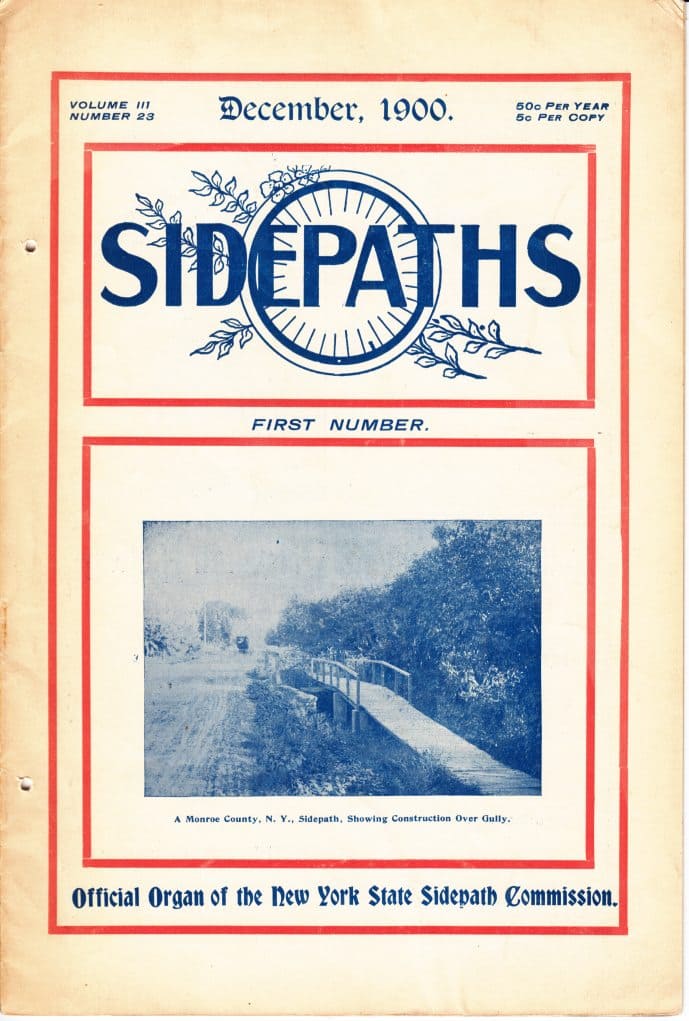
Thus, in the 1890s the word sidepath had a specific legal meaning. Sidepaths had a statutory administrative structure, mandated design, and funding system backed by the power of state governments. Case law determined that sidepaths were also legally distinct from sidewalks: turn-of-the-century bicycles were almost entirely banned from sidewalks, and every vehicle but the bicycle was banned from sidepaths.
But the sidepath movement was weakening even as it spread, and died out by around 1905. The fading bicycle boom meant that fewer riders paid the user fees, and commissions ran out of money. Paths fell into disrepair, and most were paved over when the successful Good Roads movement later widened the roads they ran alongside. Rochester, New York – a sidepath mecca – lost all of its sidepaths, but the Twin Cities of Minnesota kept a few of theirs along parkways and lakes. Few mourned the end of the sidepath movement at the time: the newly-paved roads funded by general taxation were much better than either the old dirt roads or the sidepaths themselves, and the so-called “auto-mobile” was still rare enough to leave space for bikes.
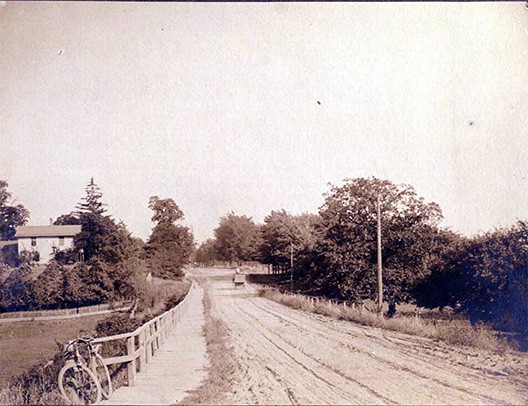
The word “sidepath” largely died with the movement by around 1905, and it might have stayed dead in the coming century if it were not for a colloquial name for one provision in the Uniform Vehicle Code, a proposed model for state-level legislation. While earlier versions of the UVC didn’t have much to say about bicycles, the problem arose when the 1944 revision suggested that states pass laws along this pattern: “Wherever a usable path for bicycles has been provided adjacent to a roadway, bicycle riders shall use such path and shall not use the roadway.”[3] By 1979, thirty-eight states had passed a law that was either identical to the UVC model or similar in language and impact.[4]
While the institutions of sidepath commissions and the paths they built had long ceased to exist by that point, late 20th century observers started calling these additions to state code “mandatory sidepath laws.” It was a strange choice of language because these acts did not actually use the word sidepath in their text. They generally just directed riders onto an “adjacent path”. Oregon’s 1983 law, for example, never uses the word sidepath; instead, it was titled “Failure To Use Available Bicycle Path Or Lane, Prohibition, Penalty.”[5] But by the 1970s, “mandatory sidepath law” was a commonly-employed colloquial name for such laws, even if it was not an actual legal title. And this was the name by which cyclists, most of whom detested these laws, came to refer to them.
This was also strange because the much more common term describing bicycle-specific infrastructure in the 1970s would have been “bikeway.” But that word could mean a confusing list of different things in that decade, including on-street painted bike lanes, on-street signed bike routes, and off-street bicycle paths. “Mandatory bikeway laws” would not be specific enough. Instead, what lawyers, legislators and opponents wanted to describe were laws that required cyclists to ride on infrastructure that paralleled the road where it existed. But since that phrasing was a bit unwieldy, people seemed to settle on “mandatory sidepath law” as a colloquial name, even though the infrastructure to which they were referring was not built by sidepath commissions, did not require the payment of a sidepath user-fee, was not enabled by state-level sidepath law, was not built for the purpose of avoiding an unpaved dirt road, and was not built by enthusiasts of the long-forgotten 1890s sidepath movement.
Today, the so-called “mandatory sidepath laws” are not the existential threat that they once were. Model legislation of this type is no longer a part of the UVC, and many state laws have been repealed in the last decade or so. Oregon still has such a law, though it is now filled with all kinds of caveats and seems to only be enforced in extreme circumstances.[6]
To their credit, researchers with the League of American Bicyclists now occasionally avoid the phrase “mandatory sidepath law,” instead referring to “mandatory use of separated facilities” statutes.[7] It is an unwieldy phrase, but at least it helps me avoid the ire of disgruntled cyclists who mistake the dream of 1890s cyclists for the auto-centric restrictions of the mid-century UVC. The optimistic riders of the forgotten sidepath movement deserve better than that.
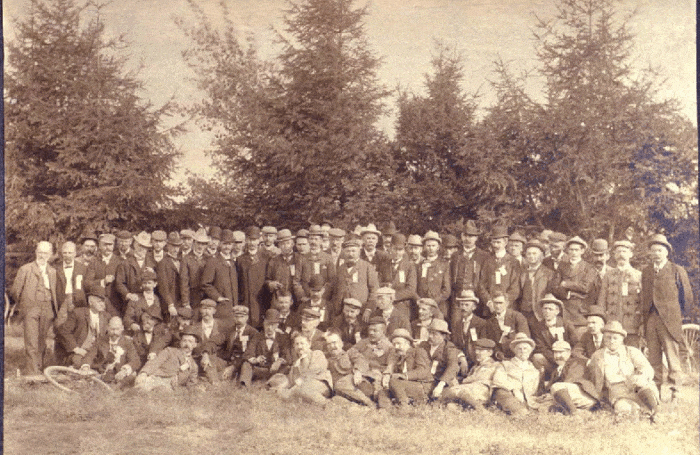
–James Longhurst is an associate professor of history at the University of Wisconsin – La Crosse, studying urban and environmental policy. His book, Bike Battles: A History of Sharing the American Road, will be published by the University of Washington Press in 2015. He twitters @BikeBattlesBook
Photos: Sidepaths of Monroe County, Historic Monographs Collections, Central Library of Rochester and Monroe County, New York.
[1] Ch. 152 of 1899 N.Y. Laws 301; Ch. 640 of 1900 N.Y. Laws 1393.
[2] James Longhurst, “The Sidepath Not Taken: Bicycles, Taxes, and the Rhetoric of the Public Good in the 1890s,” Journal of Policy History 25, no. 4 (2013): 557–86.
[3] Uniform Vehicle Code Act V, § 97 (Revised eds. 1944, 1948, 1952), later § 11-1205c.
[4] NCUTLO, Traffic Laws Annotated (Washington, D.C.: USGPO, 1979), § 11-1205c.
[5] Section 700 and 701 of Ch. 338, 1983 Or. Laws 566.
[6] Or. Rev. Stat. § 814.420 (2012); for an example in extreme circumstances, see State v. Potter, 57 P.3d 944 (Or. App. 2002).
[7] Ken McLeod, “Bike Law University: Mandatory Use Of Separated Facilities,”
June 25, 2013, accessed November 2014.




